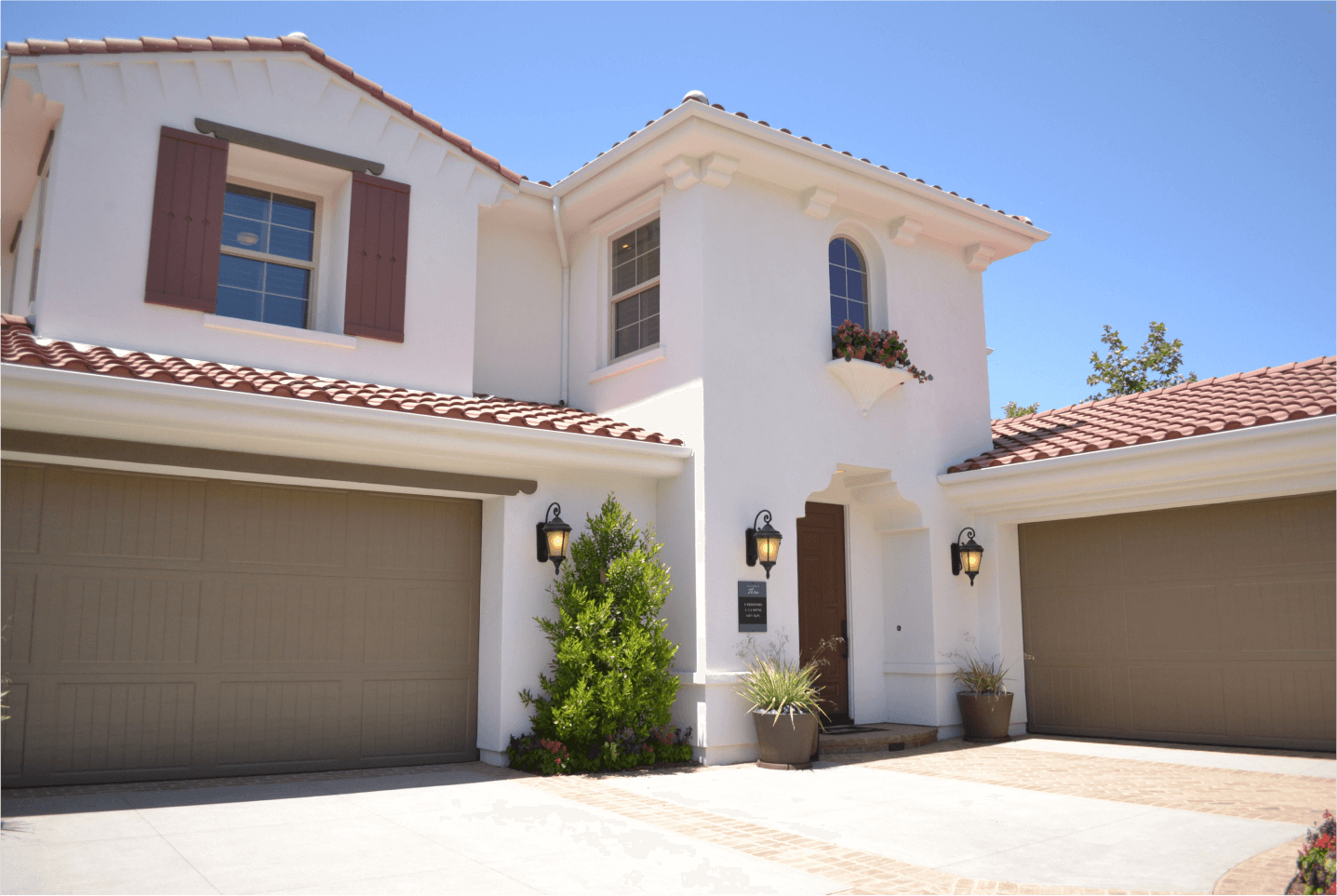Home Equity Line of Credit
HELOC
Vision Home Mortgage is Offering HELOCs in Nevada
A Home Equity Line of Credit (HELOC) can be a powerful financial tool for homeowners looking to tap into the equity in their homes to fund large expenses, manage debt, or handle unexpected costs. Unlike traditional loans, a HELOC typically functions like a credit card although there are other payout methods, allowing you to draw funds as needed, up to a set limit, and only pay interest on the amount you use. This flexibility makes HELOCs a popular choice for home renovations, medical bills, tuition, and more. This page will guide you through the essential aspects of HELOCs, from understanding how they work to determining whether a HELOC might be right for you.

Exploring HELOCs
A HELOC is a revolving line of credit that’s based on the amount of equity you have in your home. It differs from a traditional loan because instead of receiving a lump sum, you have a set “draw period”—usually 3-10 years—during which you can access funds as needed, up to your approved credit limit. HELOCs are typically split into two phases: the draw period, during which you can borrow funds, and the repayment period, where you pay back the outstanding balance. This structure allows flexibility in borrowing and repayment, making HELOCs an attractive option for homeowners who anticipate varying expenses over time.
HELOC interest rates are usually variable, meaning they fluctuate based on the prime rate, which can impact your monthly payments over time. However, many HELOCs also offer the option to lock in a fixed rate for a portion of the balance. This mix of flexibility and control makes HELOCs an appealing choice for those with changing financial needs. Vision Home Mortgage now offers a Fixed-Rate HELOC as an option for borrowers looking to avoid Adjustable-Rates!
The amount you can borrow with a HELOC depends on several factors, primarily the value of your home and your outstanding mortgage balance. Lenders typically set a loan-to-value (LTV) limit, often up to around 90% of your home’s appraised value, minus what you owe on your mortgage. For example, if your home is valued at $400,000 and you owe $200,000, with an 90% LTV, you might qualify for a HELOC with a maximum limit of $160,000.
It’s important to note that your credit score and income will also play a role in determining your borrowing limit. Higher credit scores can result in higher borrowing limits and lower interest rates, while lower credit scores may restrict the amount you can borrow. Understanding these limits helps you better plan how a HELOC might fit into your financial strategy.
To qualify for a HELOC, lenders will consider several factors, with home equity being the most important. Generally, you’ll need at least 15-20% equity in your home to be eligible. In addition to your home equity, lenders will also assess your credit score, income, and debt-to-income (DTI) ratio. Most lenders prefer a credit score of at least 620, though higher scores often secure better terms and interest rates.
Lenders will also evaluate your ability to repay the HELOC based on your income and existing debts. A healthy DTI ratio (typically below 43%) is favorable, as it indicates you have sufficient income to manage new monthly payments on top of your existing financial obligations. Meeting these requirements not only increases your chances of approval but also helps you secure a HELOC with favorable terms and flexibility.
A HELOC (Home Equity Line of Credit) and a Home Equity Loan are both options for homeowners looking to access the equity in their homes, but they differ significantly in structure and function. A HELOC operates as a revolving line of credit, much like a credit card, which allows you to draw funds as needed during a set draw period, paying interest only on the amount you use. This flexibility makes HELOCs ideal for ongoing expenses, like home renovations or medical bills, where costs may vary over time.
In contrast, a Home Equity Loan provides a lump sum upfront, with a fixed interest rate and a set repayment term, making it more similar to a traditional mortgage. This setup can be beneficial for homeowners who need a specific amount for a one-time expense, such as debt consolidation or a major purchase. Since Home Equity Loans typically come with fixed interest rates, they provide predictability in monthly payments, which can be appealing for borrowers who want a consistent repayment plan.
The choice between a HELOC and a Home Equity Loan often depends on the nature of your expenses and whether you prefer the flexibility of a credit line or the stability of a fixed-rate loan. For variable expenses, a HELOC may offer the best solution, while a Home Equity Loan can be more suitable for fixed, one-time costs.



